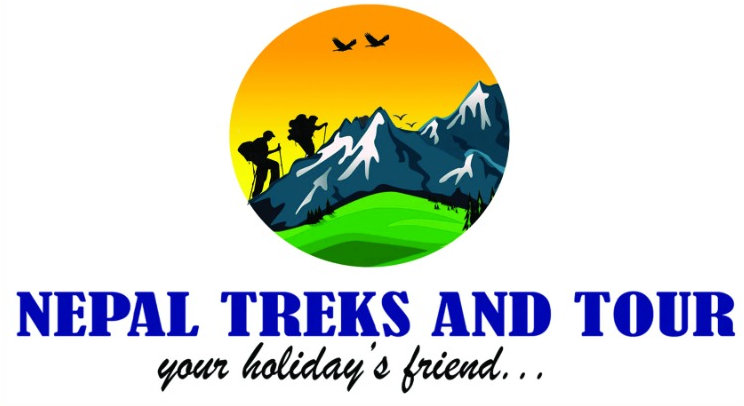Frequently Asked Question
Energistically drive standardized communities through user friendly results. Phosfluorescently initiate superior technologies vis-a-vis low-risk high-yield solutions. Objectively facilitate clicks-and-mortar partnerships vis-a-vis superior partnerships. Continually generate long-term high-impact methodologies via wireless leadership. Holisticly seize resource maximizing solutions via user friendly outsourcing.
The best time to go trekking in Nepal depends on the specific trek you are planning to do and the type of weather you prefer. Likewise, the most popular trekking seasons is from spring (March to May) and autumn (September to November). As these seasons offers the best weather for trekking, with clear skies and moderate temperatures.
Annapurna Circuit Trek is considered a moderate to challenging trek and is not suitable for beginners. The trek involves walking for several hours each day over rugged terrain and reaching to the highest pass in the world which can be physically demanding.
However, the rewards of the trek, including stunning views of the Annapurna range and the chance to experience Nepali culture, make it worth the effort.
To prepare for a trek in Nepal, it is important to get in good physical shape by exercising regularly and building up your stamina. On the other hand it is also a good idea to acclimatize before the trek by spending a few days in Kathmandu or Pokhara.
Trekking in Nepal is generally safe, as long as you take appropriate precautions and follow the advice of your trekking guide. It is important to be aware of your surroundings and to respect the local culture and customs. It is also a good idea to purchase travel insurance and to be prepared for potential emergencies.
Cost of trekking in Nepal can vary widely depending on the length and difficulty of the trek, as well as the type of accommodation and transportation you choose. On average, a basic trek in Nepal can cost anywhere from $500 to $1,500 for a week-long trip. This price includes the cost of food, lodging, and a local trekking guide, porters, transportation and your travel permits but does not include any of your personal expenses.
While it is possible to go trekking in Nepal without a guide, but it is generally recommended to hire a local trekking guide. As trekking guides are knowledgeable about the routes, local culture, and safety precautions, and can provide valuable assistance in case of emergencies. Trekking guides can also help you to make the most of your trekking experience by introducing you to local customs and pointing out interesting sights along the way.
Here is a list of items that you should consider bringing for a trek in Nepal:
Clothing:
Warm layers (fleece, down jacket)
Waterproof and windproof jacket
Hiking pants
Warm hat and gloves
Sun hat or baseball cap
Sunscreen
Sunglasses
Footwear:
Hiking boots
Socks (several pairs)
Camp shoes or sandals
Sleeping Gear:
Sleeping bag:
Tent (if camping)
Backpack:
A good quality hiking backpack with a capacity of at least 50 liters
Personal hygiene:
Quick-drying towel
Toilet paper
Personal hygiene items (toothbrush, toothpaste, hand sanitizer, etc.)
First Aid:
Basic first-aid kit (band-aids, pain relievers, blister care, etc.)
Altitude sickness medication (Diamox)
Water purification tablets or a water filter
Miscellaneous:
Headlamp (with extra batteries)
Maps and guidebook
Trekking poles
Portable charger or extra batteries for your phone or other electronics
Cash in small denominations for food and drinks, tips, and other purchases.
Note: Don’t forget to bring a photocopy of your passport, visas, and travel insurance information. The original documents should be stored in a safe place, such as a hotel safe or a locked luggage.
The Annapurna Circuit Trek and the Everest Base Camp Trek are both challenging treks that are suitable for experienced trekkers. Both treks offer a variety of landscapes and cultural experiences and can take anywhere from 10 to 20 days to complete.
Nepal is generally considered safe to travel, but it’s important to be aware of the potential risks and take necessary precautions.
Foreign visitors to Nepal must have a valid visa in order to enter the country. Visa’s can be obtained on arrival at the airport or in advance from a Nepalese embassy or consulate.
The currency of Nepal is the Nepalese Rupee (NPR).
The most popular trekking routes in Nepal include the Everest Base Camp Trek, Annapurna Circuit Trek, Langtang Trek, and the Annapurna Sanctuary Trek.
Credit cards are accepted in some of the bigger cities and towns, but it is best to have cash on hand as many places still only accept cash.
